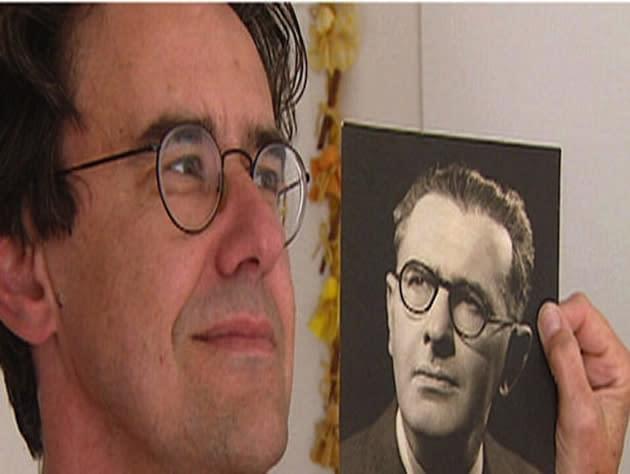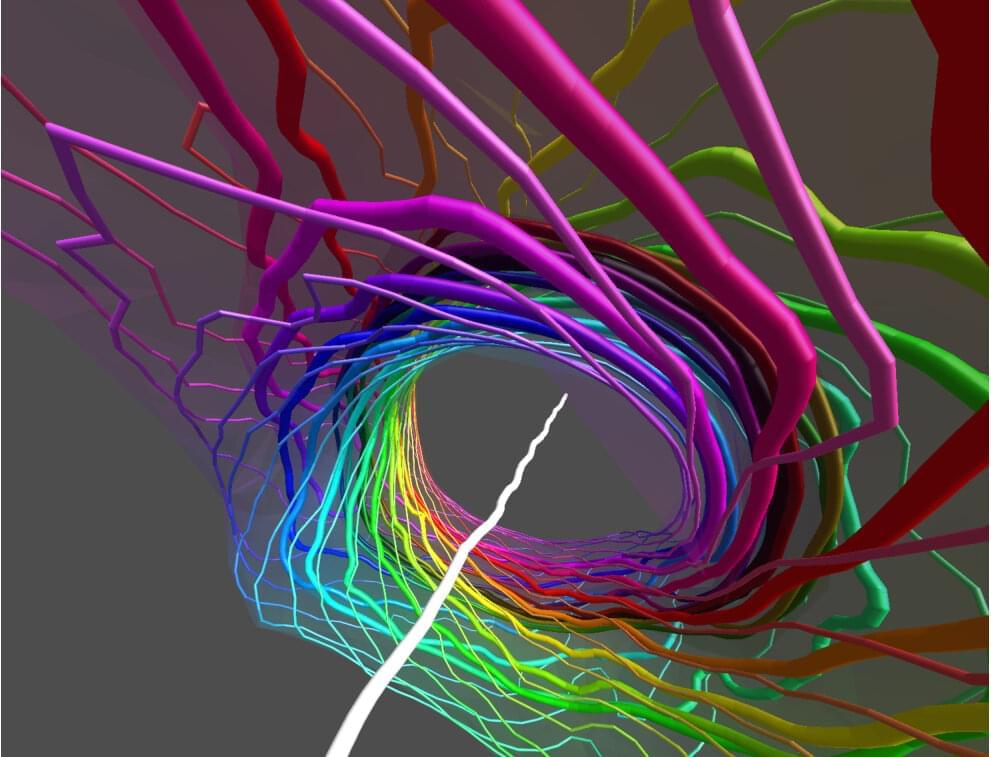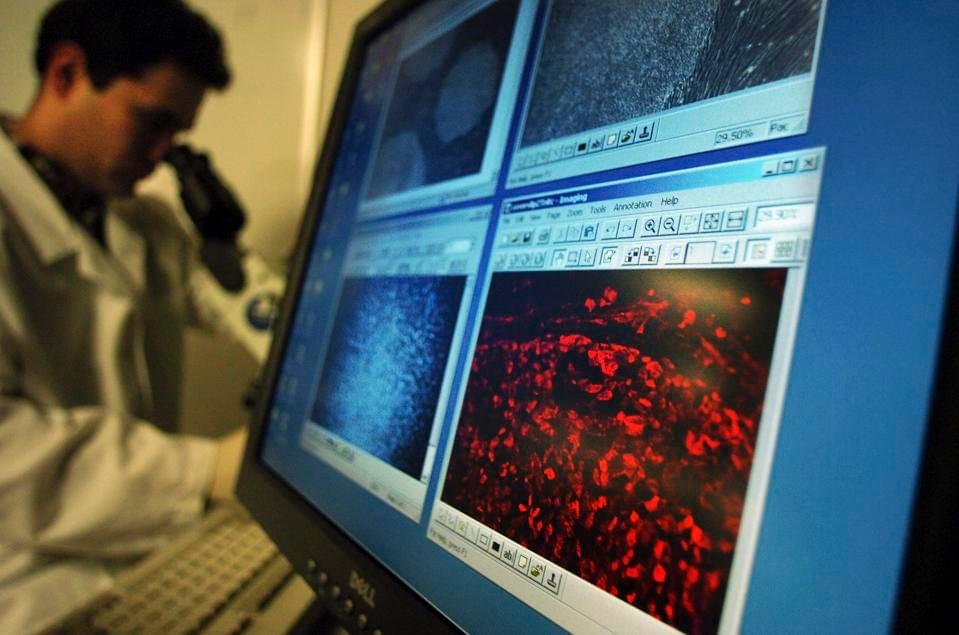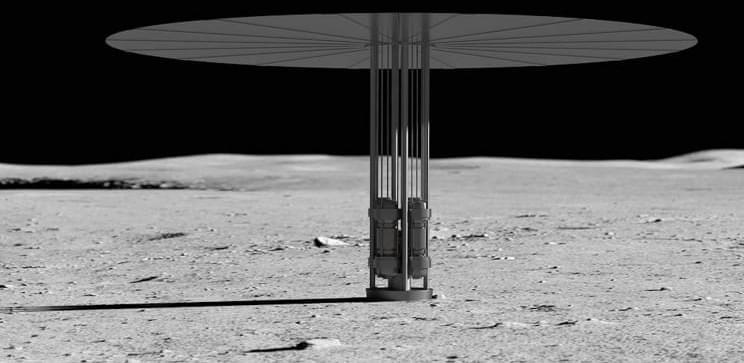Nov 22, 2021
Don’t fall for quantum hype
Posted by Jamal Simpson in categories: computing, internet, quantum physics
Check out the physics courses that I mentioned (many of which are free!) and support this channel by going to https://brilliant.org/Sabine/ where you can create your Brilliant account. The first 200 will get 20% off the annual premium subscription.
What are the quantum technologies that are now attracting so much research funding? In this video I go through the most important ones: quantum computing, quantum metrology, the quantum internet, and quantum simulations. I explain what these are all about and how likely they are to impact our lives soon. I also tell you what frequently headline blunders to watch out for.


















